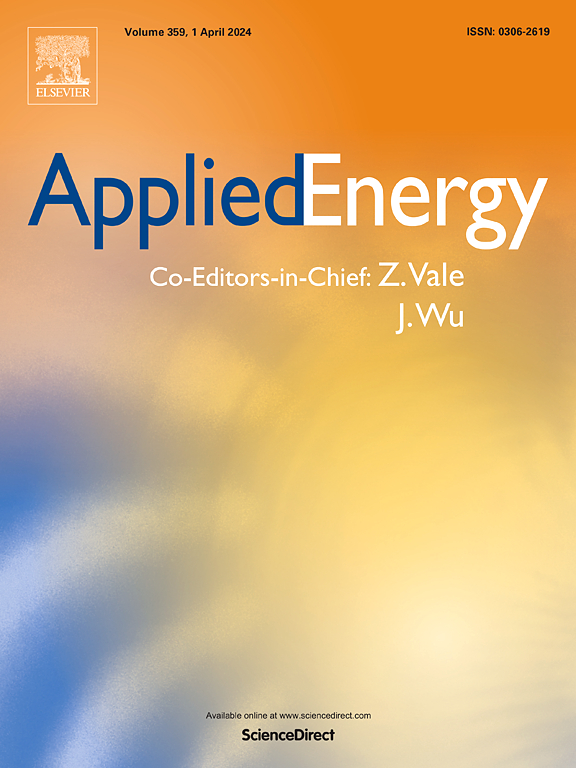Performance and stability of renewable fuel production via H2O electrolysis and H2O–CO2 co-electrolysis using proton-conducting solid oxide electrolysis cells
IF 10.1
1区 工程技术
Q1 ENERGY & FUELS
引用次数: 0
Abstract
Electrochemical production of commodity chemicals via H2O electrolysis or H2O–CO2 co-electrolysis using solid oxide electrolysis cells (SOECs) offers a way to utilize excess renewables to address hard-to-decarbonize industrial sectors. Recently, proton-conducting SOECs (PCECs) have emerged as a promising type of SOEC in such applications, due to their unique properties of lower operating temperatures and flexible coupling with other chemical processes. However, the Faradaic efficiency (FE), i.e., the ratio of the experimentally produced H2 to that which could be theoretically generated, of PCECs is less than 100 % and their stability, particularly under co-electrolysis operation, has yet to be verified. In this work, a systematic investigation of the variation of FE under different operating conditions and the stability of PCECs in both H2O electrolysis and H2O–CO2 co-electrolysis is conducted. It is shown that the operating parameters have a significant effect on the apparent FE. During short-term stability testing, H2O–CO2 co-electrolysis mode presents much less favorable operating characteristics than H2O electrolysis or H2–CO2 thermochemical conversion, with both FE and the catalytic activity of the negatrode (Ni-based fuel electrode) degrading gradually. Opportunities are identified to optimize operating parameters to maximize effectiveness and minimize degradation.
求助全文
约1分钟内获得全文
求助全文
来源期刊

Applied Energy
工程技术-工程:化工
CiteScore
21.20
自引率
10.70%
发文量
1830
审稿时长
41 days
期刊介绍:
Applied Energy serves as a platform for sharing innovations, research, development, and demonstrations in energy conversion, conservation, and sustainable energy systems. The journal covers topics such as optimal energy resource use, environmental pollutant mitigation, and energy process analysis. It welcomes original papers, review articles, technical notes, and letters to the editor. Authors are encouraged to submit manuscripts that bridge the gap between research, development, and implementation. The journal addresses a wide spectrum of topics, including fossil and renewable energy technologies, energy economics, and environmental impacts. Applied Energy also explores modeling and forecasting, conservation strategies, and the social and economic implications of energy policies, including climate change mitigation. It is complemented by the open-access journal Advances in Applied Energy.
 求助内容:
求助内容: 应助结果提醒方式:
应助结果提醒方式:


